Face and body sunscreens for everyone: A complete guide!
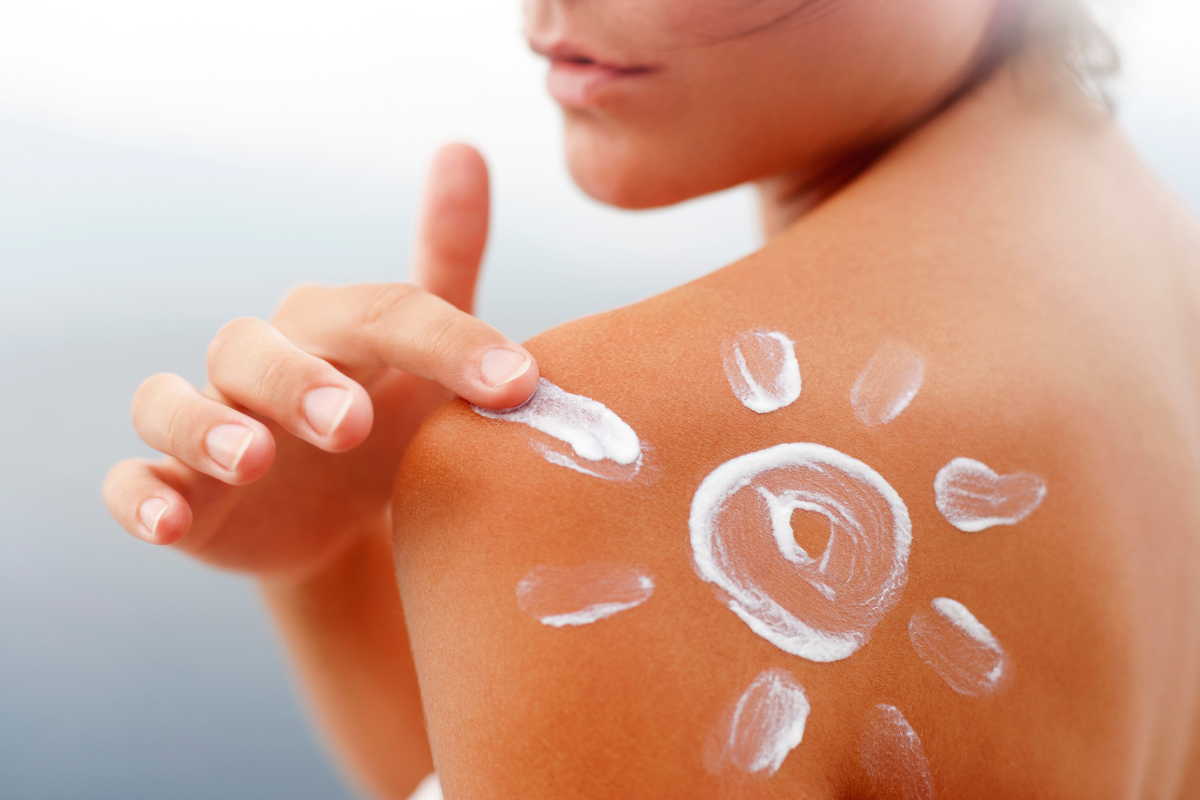
In Greece we love summer very much, its beaches, its unique islands but also the famous Greek sun captivate us. So we can love and wait for the summer sun, but that does not mean we should not take the appropriate protection measures.
There are many dangers from our exposure to the sun, some small and some big. Some of the problems that arise are photoaging, ie the alteration of the skin texture by sunlight, burns, blemishes, alterations in olives, etc. Careful, daily application of sunscreen can slow down the growth of wrinkles and sagging skin [1].
Table of Contents
UVA, UVB & UVC radiation
Ultraviolet radiation is divided into three different zones: UVA, UVB and UVC. Almost all UVC radiation is filtered out of the atmosphere and thus minimal reaches the earth’s surface. Unlike UVC, UVA (320-400 nm) and UVB (290-320 nm) reach the earth’s surface. UVA rays reach significant amounts while UVBs reach in part because much of them are filtered by ozone.
UVB rays can cause sunburn, a significant damage to the skin. They damage the genetic structure of the skin, cause mutations in the DNA of cells and cause serious diseases. UVA are the “silent” rays of the sun because we do not feel them but they are ubiquitous causing photoaging and skin diseases. Although UVB rays are much stronger than UVA, the latter are also very dangerous for the skin as we are bombarded with many times more UVA than UVB.
By the way, UVB rays, which have a shorter wavelength than UVAs, cannot pass through the glass, so there is no risk of sunburn when you sit in the car behind the windows – UVA rays can pass through the glass. Note that vitamin D is produced by the effect of UVB rays.
What does the SPF number indicate?
UVB protection is measured using a number called SPF (sun protection factor) and is related to how long a sunscreen protects against these rays. The SPF number is extremely important but it is not the only guide when buying sunscreen.
The SPF indicates how long you can stay in the sun without redding of the skin. Assuming that with your skin type you can stay in the sun for 15 minutes without a problem, applying a sunscreen with SPF 15 will allow you to stay in the sun 15 times longer (three hours and three quarters, ie 15 X 15 minutes). ) without blushing. In other words, the SPF, multiplied by how long you can normally stay in the sun, indicates the length of time you are protected. If you can stay in the sun for 25 minutes without getting pink, applying a sunscreen with SPF 15 will protect you for six hours and a quarter (15 X 25 minutes = 375 minutes).
The SPF shows how much radiation the sunscreen lets into the skin. If the number is 15, it lets 1/15 pass, ie 6.7% and therefore blocks 1 – 1/15 = 93.3% of UVB. High SPFs, such as 60 and 70, give the false impression that they can provide much more protection than the number 30 but this is not accurate. A sunscreen with SPF 30 blocks 96.6% (1 – 1/30), provided of course that it is applied correctly. This means that 3.4% of the sun’s rays reach your skin. SPF 50 provides 98% protection and SPF 70 provides 98.6%.
The protection system for UVA
Attention, SPF indicates protection from UVB only. The reason is that the SPF tests are based on redness of the skin but UVA does not cause redness. Therefore, a sunscreen with a high SPF index, if it does not have protection filters and for UVA does not offer sufficient protection. Sunscreens that protect against both UVB and UVA are called broad spectrum and only these should be used.
When you buy a sunscreen that provides UVA protection, you may notice a UVA star rating on the packaging. The stars range from 0 to 5 and indicate the percentage of UVA radiation absorbed by the sunscreen compared to UVB, in other words the ratio between the level of protection provided for UVA and UVB. Keep in mind that if you choose low SPF, it may have a high star rating, not because it provides adequate UVA protection, but because the ratio between UVA and UVB protection is about the same. This is one reason why it is important to choose a high SPF. A sunscreen with SPF 30 and a 4 or 5 star UVA rating is considered a good protection standard [2]. According to the European Union recommendation, the UVA protection for each sunscreen should be at least one third of the SPF mentioned. A product that meets this requirement is marked with a logo where there is a circle around the letters UVA.
Everything you need to know about sunscreens
Body sunscreen
Body sunscreens are definitely the most popular type of sunscreen and we should all wear it, men, women and children. Many people think that if they sit in the shade in the summer or if they stay at sea, they do not need sunscreen. But this is not the case. Ultraviolet radiation, which is the most dangerous, can affect us everywhere, even in the shade or in the water. In other words, if we spend a lot of time outside in the summer, it would be good not to forget the sunscreen!
The first thing to look out for when buying body sunscreen is, of course, the protection index, the famous SPF. As mentioned above, the number after SPF shows how many times the skin’s natural defense against the sun is strengthened.
Of course, it is considered good to repeat the use of sunscreen every 2 or 3 hours, regardless of its protection index. Also, when you come out of the sea, even if it says it is waterproof. Finally, it is good to put on your sunscreen 20 minutes before going out in the sun, so that it can be properly and well absorbed by your skin.
It is important to emphasize that not all body sunscreens guarantee a good and even tan. Some are made with the main purpose of sun protection. If you are interested in tanning, you should look for a sunscreen specialist for tanning. You can also find many offers, as many companies and brands promote body and face sunscreens in “packages” offer.
Facial sunscreen
Facial sunscreens usually create a big problem for women: they make it very difficult to apply make up properly, especially on the face. In other words, many women are “forced” to choose between their makeup and beauty and protection from the harmful rays of the sun. The problem with this dilemma is the fact that the face is probably the most exposed part of our body to the sun, since it is almost never covered by any clothing. In other words, the use of sunscreen on the face is essential.
Companies specializing in cosmetics and skin care products have identified this problem and created special facial sunscreens. What makes them stand out? The fact that they offer high levels of sun protection, while at the same time they do not create problems with makeup, nor do they give the skin unnatural oiliness and texture. To be precise, a good sunscreen can also be used as a primer.
Facial sunscreens usually come in two categories. The first is the colored sunscreen, which offers increased sun protection and can also be used as make up. The second big category is the classic sunscreen, which offers a more natural look with just as much sun protection.
If you apply a lot of skin care products, e.g. for acne or moisturizers, the rule is that the last product you apply is your sunscreen. Applying sunscreen first and then a moisturizer or acne product will reduce the effectiveness of the sunscreen. Any skin care product, even water (most moisturizers have more than 50% water), applied over the sunscreen reduces its effectiveness. This is why you need to reapply sunscreen after swimming or sweating.
Children’s sunscreen
Many parents believe that the sunscreen they use for themselves is suitable for their children as well. This is a very big mistake. The skin of children is very different from that of teenagers or adults. The younger a child is, the more sensitive his skin is. This means that special care is needed. For this reason, there are special children’s sunscreens on the market.
A children’s sunscreen, precisely because it is made for children, contains special, hypoallergenic ingredients and substances that can not cause problems or irritations to its sensitive skin. There are ingredients that can offer great protection from the sun and summer heat, without causing problems to children. These are: zinc oxide, titanium dioxide, avobenzone or mexoryl SX. The more of these a baby sunscreen contains, the better.
Also, you should know that there are materials that should not contain children’s sunscreen and these are: oxybenzone, Vitamin A or otherwise retinol palmitate and additional insect repellents.
It is also advisable to avoid sunscreens in powder or spray form, as they can cause respiratory problems in children, especially if they have allergies or asthma. You should also remember that products with a protection index greater than 30, are for very light and sensitive skin. In conclusion, let’s say that the same rules apply to children’s sunscreens that apply to other sunscreens. That is, they should be worn 20 minutes before going out in the sun, repeating their use after going out to sea or every 2 to 3 hours.
Baby sunscreen
Protecting a baby from the sun is a very serious matter. This is because a baby’s skin is very sensitive and vulnerable to the sun and its harmful rays. A baby can easily get a burn or sunburn.
For this reason, experts say that before your baby closes on the 6th of the month, it would be best not to be exposed to the summer sun. If there is no other option, the baby should wear light-colored clothes and a hat when exposed to the sun. After the 6th month we can use the special baby sunscreens. To mention at this point that if the baby is not much older than the 6th, experts recommend a combination of clothes, glasses and baby sunscreen for safe exposure to the sun. The smaller the baby, the greater the protection it needs from sunlight.
Baby sunscreens are not much different from children’s sunscreens. They are essentially children who have been adapted for use by infants. Doctors recommend the use of sunscreens with a protection index of at least SPF 30, due to the sensitivity of the skin at this age. Also, baby sunscreens should contain the natural ingredients zinc oxide or titanium dioxide or both, as these substances “stick” to the skin and make the sunscreen offer effective protection immediately after application.
In any case, you should avoid chemical and artificial ingredients, as they may not be dangerous for the baby, but they are not as effective as the two ingredients mentioned above. In general, it is wiser to prefer herbal products for your children, especially when they are very sensitive to infancy.
What does “water resistant” mean?
After 2002, the term waterproof stopped being used for a sunscreen because it is not valid [3]. No sunscreen can be “waterproof” as it must be reapplied if you have been sweating or swimming for some time. The only approved terms are “water resistant” or “very water resistant”. A water resistant product means that the SPF value was measured after application and 40 minutes of immersion in water. A very water resistant product means that the SPF value remains the same after 80 minutes of immersion in water [2]. If you are swimming or sweating, you should use sunscreen that is marked as resistant or very water resistant.
Water-resistant sunscreens are designed differently from regular sunscreens, so pay attention to the label. Use water resistant if you are going to exercise in the sun or swim. However, often these sunscreens are not recommended for daily application because their ingredients make them somewhat sticky along with the makeup. If you do not exercise or take a bath, a regular sunscreen is a very good choice for regular use.
At Vita4you you will find a wide variety of sunscreens at the best prices!
Sources
- Sunscreen and Prevention of Skin Aging.
- Sunscreen Fact Sheet.
- Questions and Answers: FDA announces new requirements for over-the-counter (OTC) sunscreen products marketed in the U.S.
Disclaimer
The content of this blogspot is not and can not be considered as medical advice, diagnosis or treatment. All information is provided to readers solely for informational purposes. There is no intention to substitute this content for personalized medical advice, diagnosis, prognosis or treatment.


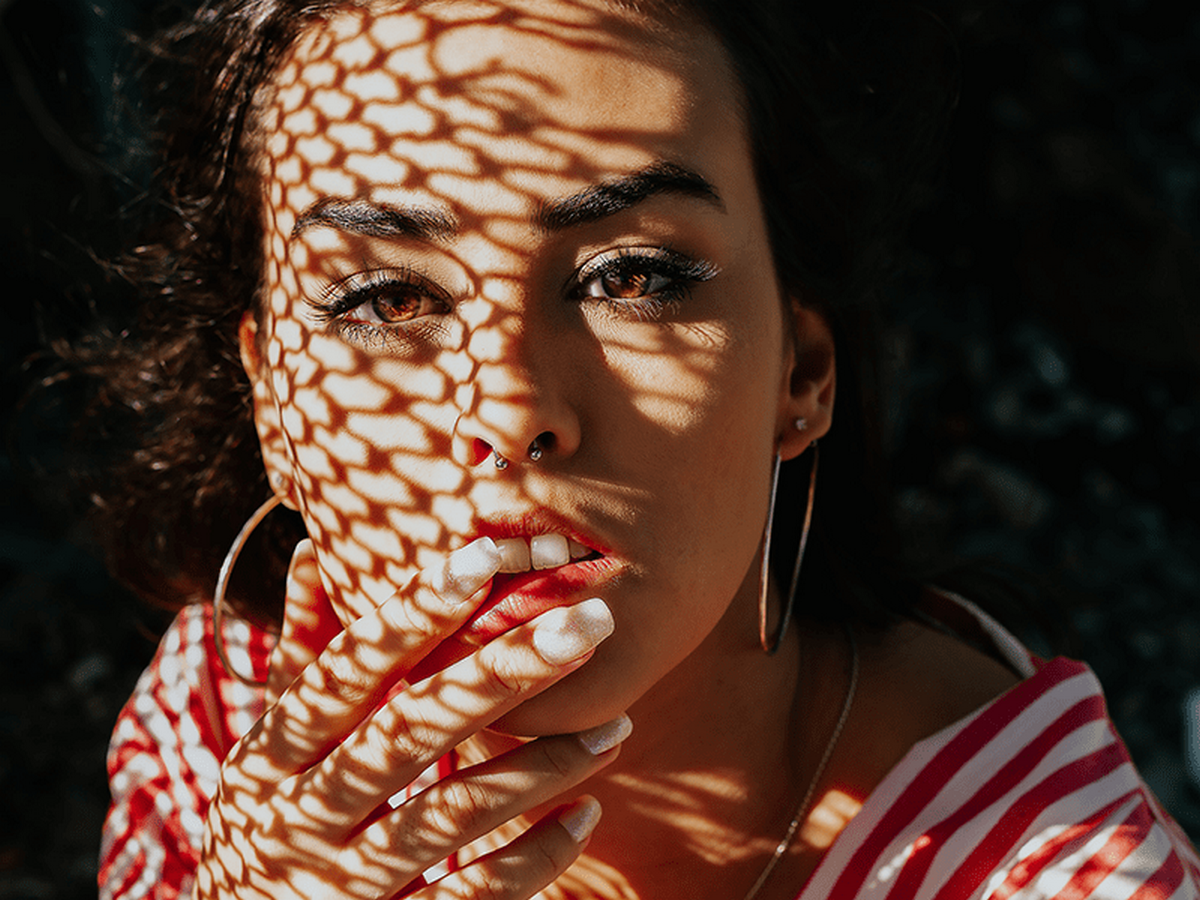
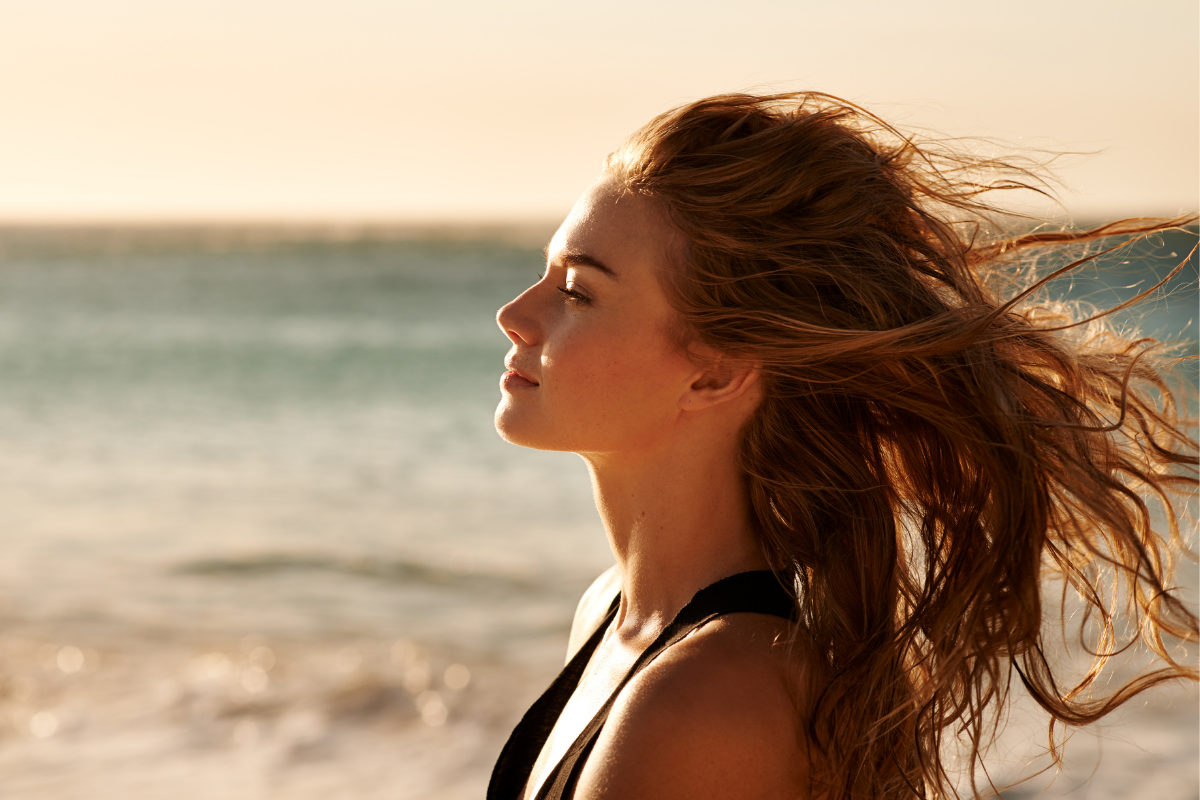
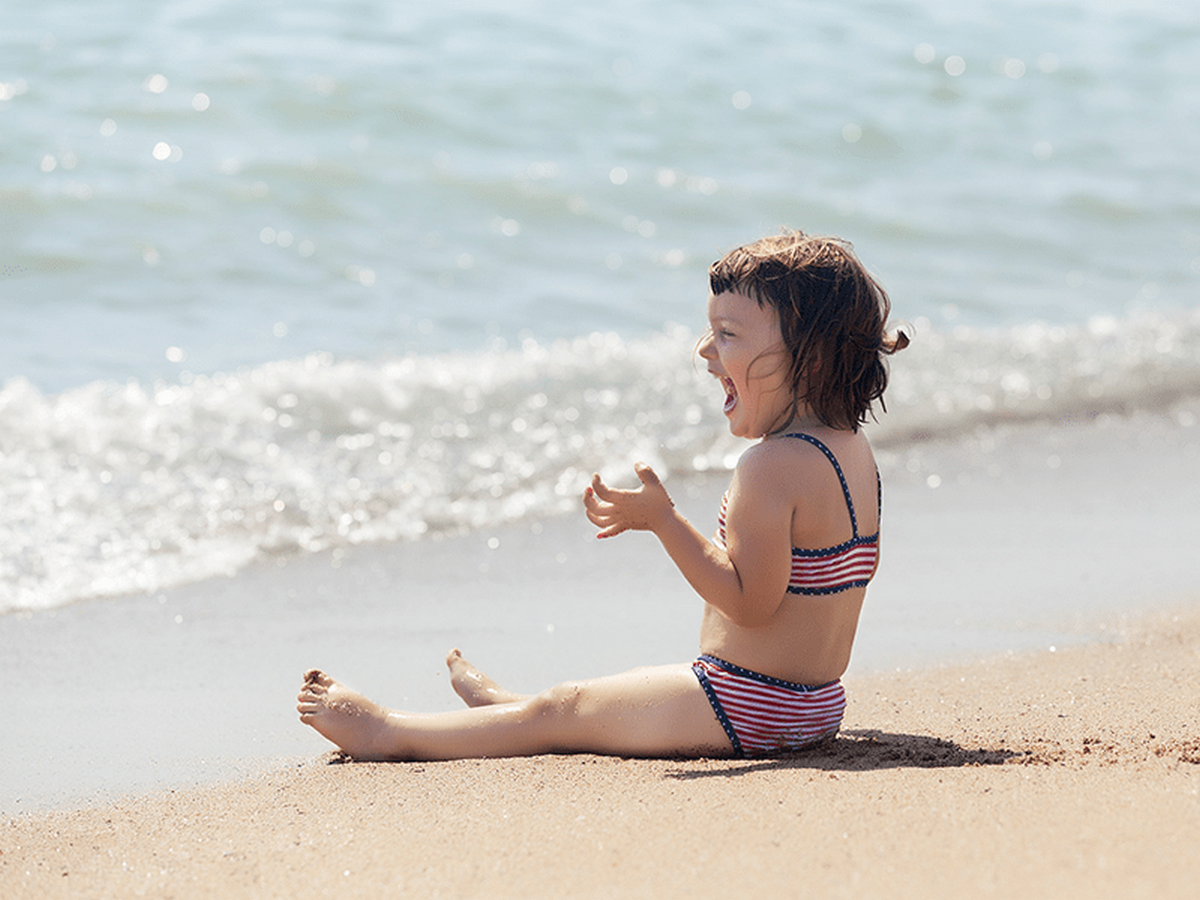


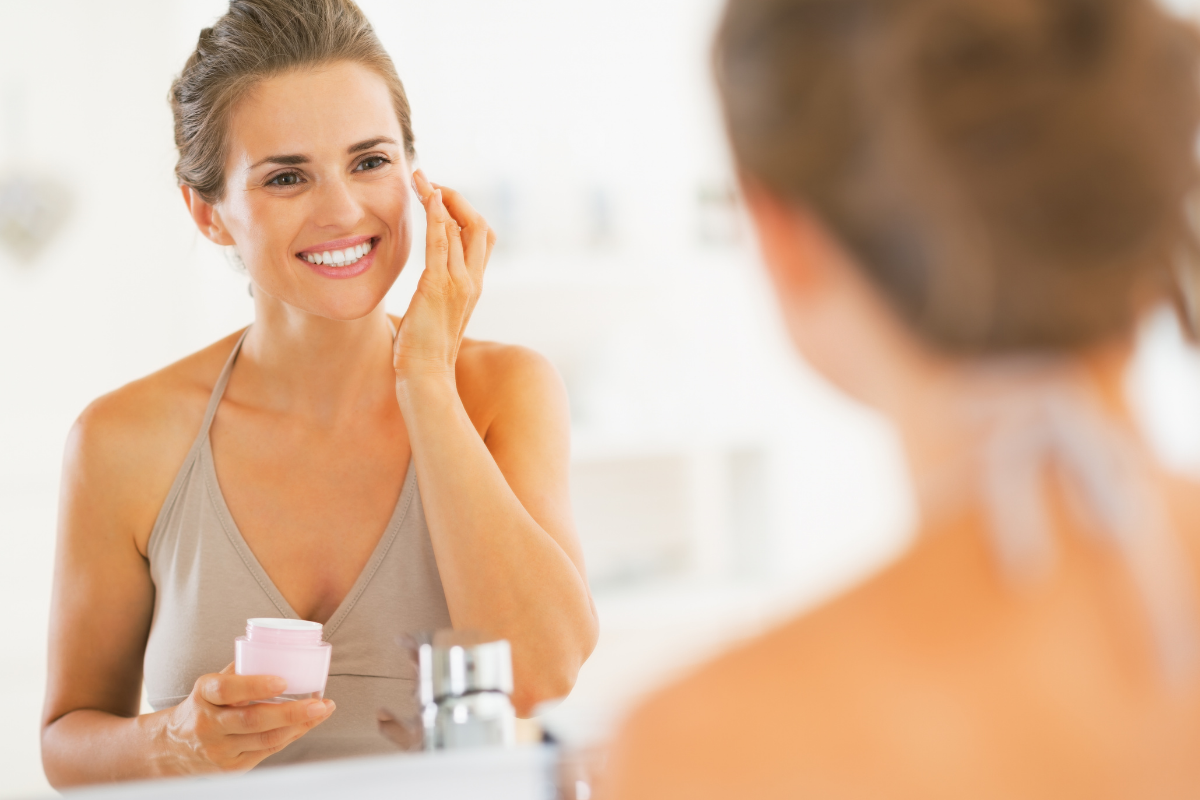
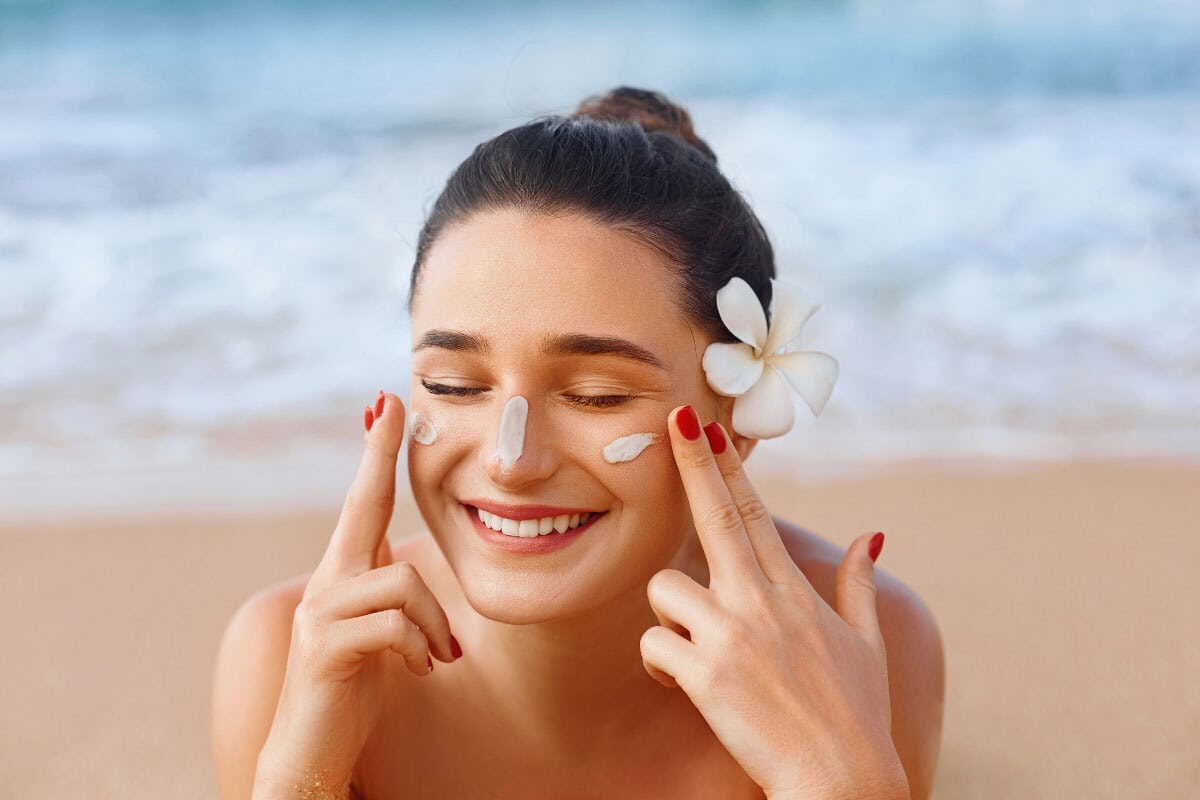
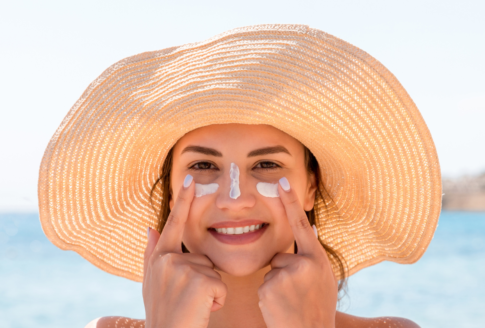
Leave a comment